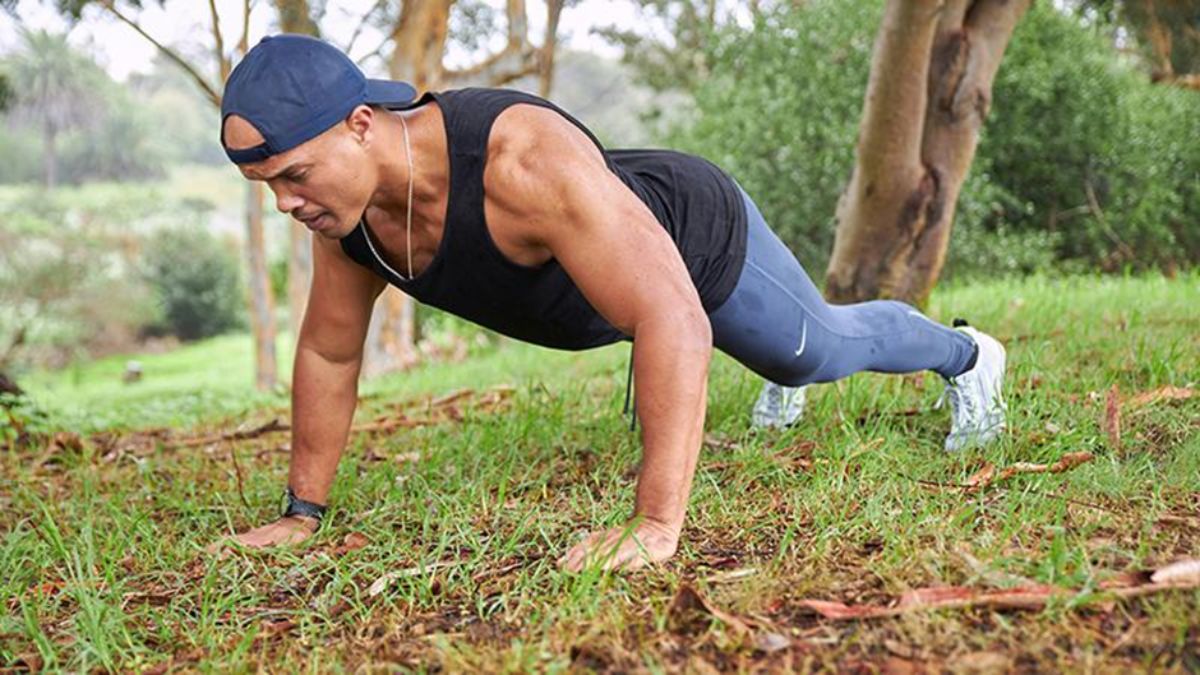Millions of people worldwide share the goal of improving their fitness, building strength, and getting into shape. For many, time, convenience, and cost can keep them away from traditional gyms, which often results in them failing their fitness goals at the first hurdle. However, there are effective ways to build strength and maintain fitness without gym machines or weights. Excellent results can be achieved using your body, minimal gear, and a splash of creativity. Here is how.
Understanding Bodyweight Training
Bodyweight training is one of the most effective ways to build strength without traditional gym equipment. As the name implies, you use your body as resistance. Bodyweight exercises can target every major muscle group and are perfect for people of all fitness levels, from complete beginners to the athletes you see on the best online sports betting apps.
Push-ups are the most common bodyweight exercise. While they primarily target the chest, shoulders, and triceps, they also engage the core and lower body for stabilization. These exercises increase strength and improve balance, coordination, and flexibility, all vital to achieving long-term fitness goals.
The flexibility and convenience bodyweight exercises offer are one of the main reasons for their popularity. Whether in your living room, yard, hotel room, or park, you can work out virtually anywhere without any equipment. These exercises also promote natural movement patterns, which can help to prevent injuries. Although only using bodyweight exercises will not make you the size of an NFL linebacker, you may be surprised at how strong you can become by only using your weight when you work out.
The Core Bodyweight Exercises for Strength Building

Push-ups are a classic bodyweight exercise that is highly versatile. You can tailor them to work different muscles. They primarily target the chest, shoulders, and triceps while engaging your core and legs. Beginners can start with knee or incline push-ups by placing their hands on a raised surface.
As you build strength, progress to traditional push-ups or challenge yourself further with decline push-ups, one-arm variations, or positioning your arms closer together or further apart.
Squats are probably the best lower-body exercises you can do without any specialist equipment. They target your quadriceps, hamstrings, glutes, and core. You must take care to perform squats with proper form; otherwise, you risk injuring yourself. Your back should stay straight, and your knees should not extend past your toes. Once you find traditional squats too easy, or if you want to increase the difficulty, try jump squats or single-leg squats, which demand more balance and strength.
Staying with the lower body, we have lunges. These target the same muscles as squats but add an element of balance and coordination. Lunges can be performed in various ways, including stationary lunges, walking lunges, or reverse lunges. Additionally, jumping lunges or Bulgarian split squats, where one foot is elevated on a surface behind you, massively increase the intensity.
Do not discount planking if you only use bodyweight exercises to improve your strength and fitness. These isometric exercises are incredible for your abs but also work your back, shoulders, and legs. Holding a basic plank for as little as 30 seconds can be incredibly challenging for beginners. Try one today, and you’ll wonder how the world record stands at more than nine-and-a-half hours!
Lastly, we have burpees, an intense exercise that combines squats, push-ups, and a jump into one full-body movement. Burpees are intense because they target arms, chest, legs, and core muscles while building cardiovascular endurance.
Making Bodyweight Training More Challenging
Once you have mastered basic bodyweight exercises, there are several ways to increase their difficulty and continue your progression without gym equipment.
Changing the tempo of your exercises has a dramatic effect on their difficulty. Slowing down your repetitions increases the time your muscles are under tension, making the movement more challenging. For example, take three seconds to lower your body when performing push-ups and three seconds to push yourself back up. Such controlled movements increase your muscles’ workload without additional weight.
You should also consider progressive overload and working to failure. Once you reach a certain point, you will find bodyweight exercises easy and will need to increase the difficulty to continue building strength. Those who go to the gym do this by adding weight. People focusing only on bodyweight exercises can progress by increasing the number of repetitions, reducing rest time between sets, and performing more advanced variations of exercises. Working out to failure means performing enough exercises that you find it physically impossible to do one more repetition. Be warned, your muscles will be sore after going to this extreme.
You may have heard of plyometric exercises, which is a fancy name for explosive movements. They are excellent for increasing power and strength and should be incorporated into your workouts once you have built up your fitness levels. Adding jumps or rapid movements to push-ups, squats, and lunges elevates the intensity. Jump squats are the perfect example, as are clapping push-ups and box jumps.
Final Thoughts
It is a common misconception that you must have an expensive gym membership to become stronger, fitter, and healthier. While having a plethora of specialized gym equipment and weights at your disposal can shorten the time required to achieve your fitness goals, you can increase your strength and fitness to surprising levels by simply using your body’s weight.
Regularly performing push-ups, squats, lunges, planks, and burpees will vastly increase your strength and muscle mass. It does not matter if you weigh 100 or 250 pounds; the weight is only relevant to you. Eventually, with enough repetitions and some determination on your part, you will be able to push up and squat your body weight with relative ease, increasing your core strength.
Remember that consistency is crucial in any fitness regime. Try working out to a regular schedule and sticking to that schedule like glue. Additionally, listen to your body. If your triceps are sore, don’t perform push-ups or any other exercise that targets that muscle. You should never work on a painful muscle because the soreness is telling you it is damaged and in the process of being repaired. Good luck!











